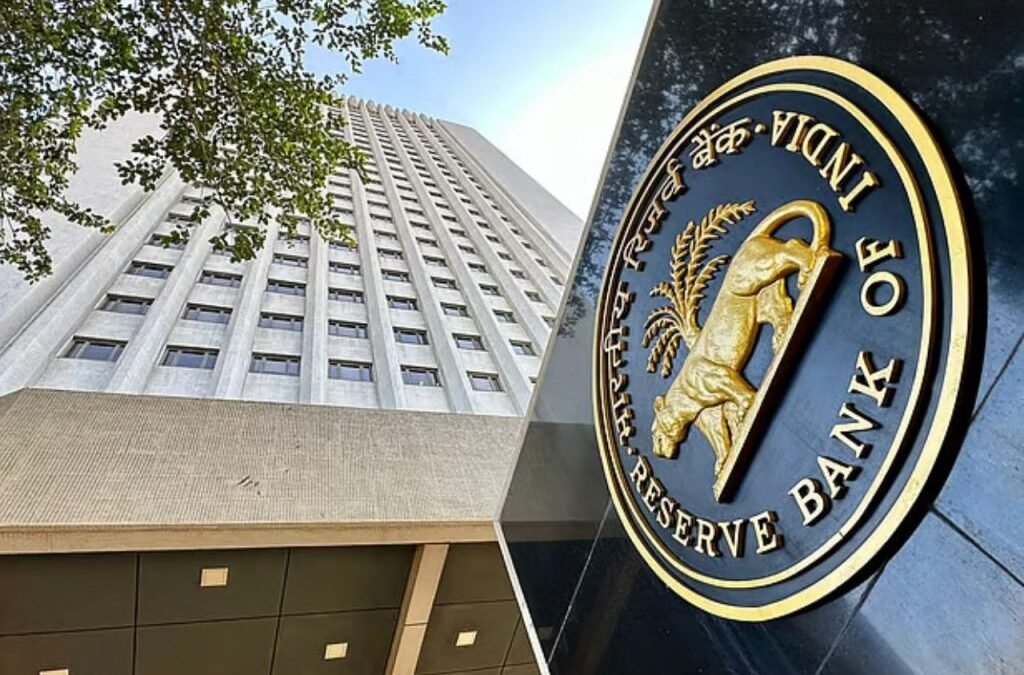Monetary policy is the actions taken by a country’s central bank, like the Reserve Bank of India (RBI), to manage the money supply and interest rates to control inflation, stabilize the currency, and promote economic growth.
A key tool in this policy is the Repo rate, the rate at which the RBI lends money to commercial banks. Changes in the repo rate influence borrowing costs, which in turn affect consumer spending and business investments, playing a crucial role in the country’s economic stability.
Expected Repo Rate
Economists anticipated a 25-bps repo rate cut in August, aimed at spurring credit growth ahead of the festive season. Historically, such pre-Diwali rate reductions have supported increased lending and consumer spending during the festive months.
Early Diwali for the Economy
Despite global uncertainties like the recent US tariff move, analysts believe the RBI may stay focused on domestic growth. A rate cut could act as a timely catalyst, aligning with the early onset of the FY26 festive season and potentially giving the economy a festive boost.
Key Repo Rate Highlights (August)
Repo Rate: The RBI has kept the repo rate unchanged at 5.5%, maintaining a ‘neutral’ policy stance. This suggests that the central bank is balancing the need to support growth while keeping inflation in check, amid evolving global and domestic economic conditions.
GDP Forecast: The central bank has retained its GDP growth forecast at 6.5% for FY26. This reflects confidence in India’s economic momentum, supported by strong domestic demand, improved manufacturing activity, and resilient services growth.
Inflation Outlook: RBI has revised its inflation forecast for FY26 downward from 3.7% to 3.1%. This indicates improving price stability, driven by easing food and commodity prices, and offers more room for potential rate cuts if needed.
Growth Risks: Global uncertainties, including geopolitical tensions and external market volatility, remain key risks to India’s growth outlook. The RBI emphasized the need to stay vigilant amid shifting global dynamics.
Demand Trends: Rural consumption continues to show resilience, supported by government schemes and stable monsoon expectations. Meanwhile, urban demand is on a gradual recovery path, aided by improving income levels and rising discretionary spending.
Also read: Defence stocks in focus after DAC approves Acceptance of Necessity worth ₹67,000 Cr for Indian forces
Here is the List of sectors likely to be affected by the RBI policy
Since the RBI kept the repo rate unchanged at 5.5%, sectors like banking, auto, and real estate may come under pressure. Without a rate cut, borrowing may stay expensive, which could slow down credit growth and affect festive season demand.
Banking Sector: The banking sector tends to benefit from rate cuts as lower interest rates encourage more borrowing, boosting credit growth. However, with no rate cut, loan demand may remain subdued, especially in retail and SME segments. This could slow down earnings growth for lenders in the short term.
- Impact if rate was cut: Increased loan disbursal, improved credit demand, and NIM (Net Interest Margin) pressure.
- No rate cut effect: Stable or slower credit growth; less trigger for re-rating in banking stocks.
- Key stocks: HDFC Bank, ICICI Bank, Axis Bank, Kotak Mahindra Bank
Auto Sector: Auto sales, especially in the two-wheeler and passenger vehicle segments, are highly sensitive to interest rates as many customers rely on financing. A rate cut would have lowered EMIs, boosting demand, especially ahead of the festive season. With rates unchanged, affordability remains a concern, which may limit sales growth.
- Impact if rate was cut: Lower EMIs, stronger festive season sales, improved rural demand.
- No rate cut effect: Costlier auto loans may slow demand recovery, especially in entry-level segments.
- Key stocks: Maruti Suzuki, Hero MotoCorp, Tata Motors, Mahindra & Mahindra
Real Estate Sector: Real estate relies heavily on home loans, and interest rate cuts usually stimulate buying activity by reducing EMIs. A cut ahead of the festive season would have supported property demand. With no cut, homebuyers may postpone purchases, especially in price-sensitive markets.
- Impact if rate was cut: Boost in home sales, positive momentum for residential real estate.
- No rate cut effect: High EMIs may delay buying decisions; demand recovery may remain uneven.
- Key stocks: DLF, Godrej Properties, Oberoi Realty, Prestige Estates
In summary, banking, auto, and real estate are the most rate-sensitive sectors. A rate cut would have been a clear positive ahead of the festive season. With the RBI holding rates steady, these sectors are likely to face near-term demand challenges.
Written by Sridhar J
Disclaimer

The views and investment tips expressed by investment experts/broking houses/rating agencies on tradebrains.in are their own, and not that of the website or its management. Investing in equities poses a risk of financial losses. Investors must therefore exercise due caution while investing or trading in stocks. Trade Brains Technologies Private Limited or the author are not liable for any losses caused as a result of the decision based on this article. Please consult your investment advisor before investing.
The post RBI Repo Rate: Sectors That Are Likely to Be Affected by the RBI’s Monetary Policy appeared first on Trade Brains.

